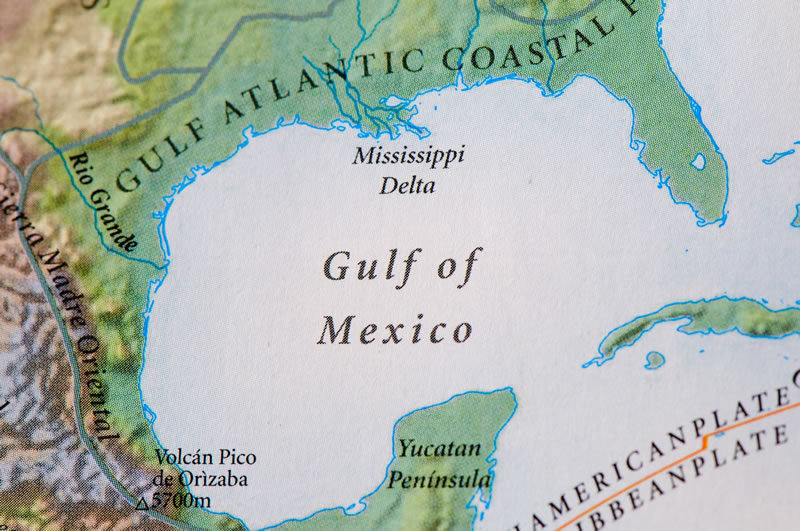
Record-Breaking Dead Zone in Gulf of Mexico

Researchers say that the chronic dead zones, which occur annually, averaging in size at 5,806 square miles, will cause a reduction in coastal fish populations, as well as the slowing of shrimp growth, leading to fewer large shrimp. Specifically, scientists used anindividual-based population model, measuring the abundance of Atlantic croaker and determined that the dead zones would lead to a 25% reduction in long term population abundance of Atlantic croaker over a 140 year period. The dead zones are likely to affect the abundance of other coastal fish populations as well.
The current dead zone exceeded NOAA’s original forecast of 8,185 square miles. “Having a long-term record of the size of the Gulf of Mexico dead zone is vital in forecasting its size, trends and effects each year,” said Steven Thur, Ph.D., acting director of NOAA’s National Centers for Coastal Ocean Science in the report. “These measurements ultimately inform the best strategies for managers to reduce both its size and its impacts on the sustainability and productivity of our coastal living resources and economy.”
Related Articles

The editorial team at WholeFoods Magazine has decades of experiences reporting on natural products industry news, trends, and more. This national, monthly business-to-business magazine has been published continuously for nearly 40 years (the magazine was founded in 1977, and has been owned by Wainer Finest Communications since 1984). It is the longest-tenured media outlet of its kind in the natural products industry. The editorial focus at WholeFoods Magazine is, and always has been, on informing and educating members of the natural products industry.
The Magazine
Information
About Us
NOTE: WholeFoods Magazine is a business-to-business publication. Information on this site should not be considered medical advice or a way to diagnose or treat any disease or illness. Always seek the advice of a medical professional before making lifestyle changes, including taking a dietary supplement. The opinions expressed by contributors and experts quoted in articles are not necessarily those of the publisher or editors of WholeFoods.







